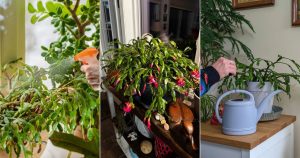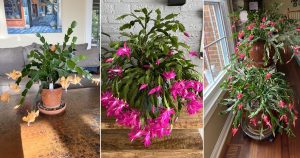Why not add your creative mind to your Crassula ovata bonsai project? Here is the technique for twisting the wires of jade into a stunning mini tree.

The jade plant is already an eye-catcher with its glossy, oval-shaped leaves and thick, branched stems. You can elevate the wow factor by utilizing your imagination to its fullest potential. The distinctive bonsai shape will let you present your jade beautifully. Read on to learn the turning and twisting of wires!
What are the points to be noted for Bonsai?
1. Electing the Best Jade

All jade plants can be trained for bonsai, but the best ones among them are the Elephant Bush (Dwarf Jade) or Crassula Ovata. The jade with smaller foliage is easier to guide, and it forms an attractive topiary.
Avoid varieties that grow tall and leggy too fast, as they’ll need frequent pruning and trimming to maintain shape. Compact cultivars such as ‘Hobbit’ or ‘Gollum’ jade are also great options for wiring, as their unique leaf shapes add a character twist to your bonsai.
2. Healthy Cutting
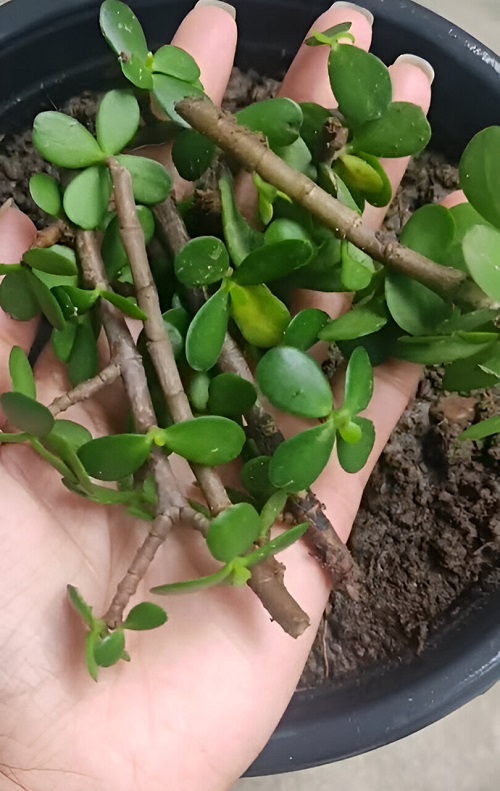
Just don’t cut any branches from your Jade; be careful during this process, as it is your foundation pillar. Snip away medium to long cuttings, with the help of sterilized scissors, from your chosen jade plant.
Allow the cutting to callus for a day or two to prevent infections and promote root growth. Place the callused cutting in bright, indirect light during this time—it helps the wound dry faster and prevents rot.
3. Growing Essentials
a. Container selection
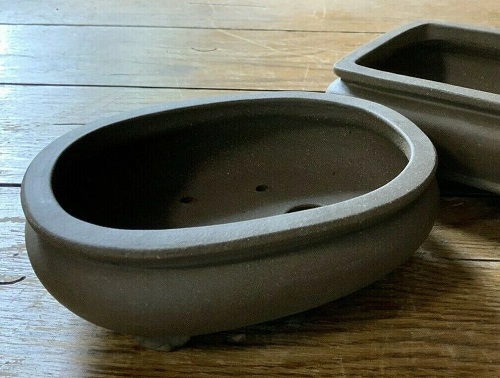
The foundation stone of your jade pillar is a suitable pot of 5-6 inches in width and 3-4 inches in height. Please ensure that the pot has drainage holes to allow for the easy flow of excess water, preventing issues of root rot.
For a mature jade bonsai, use a pot which is 2/3rd of the tree’s height and 2/3rd of its width, whereas for a more petite bonsai, pick up a pot which is larger than the current plant’s diameter.
Note: Unglazed ceramic or clay pots are preferred, as they let the soil breathe and prevent excess moisture buildup.
b. Potting Mix
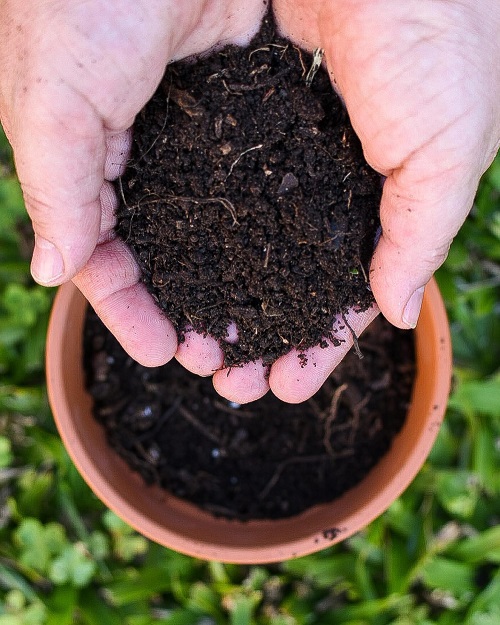
Concrete, sand, bricks, and aggregate will build your home’s structure and make it strong. The right potting is essential for the survival of the individual cutting that will form a bonsai.
A mixture of garden soil, river sand, cocopeat, and compost in a 1:1:1:1 ratio will work best. You can add one teaspoon of perlite to help retain more moisture, meeting the needs of the young plant. For better drainage, you can also mix in a small amount of pumice or crushed granite.
4. Growing Jade
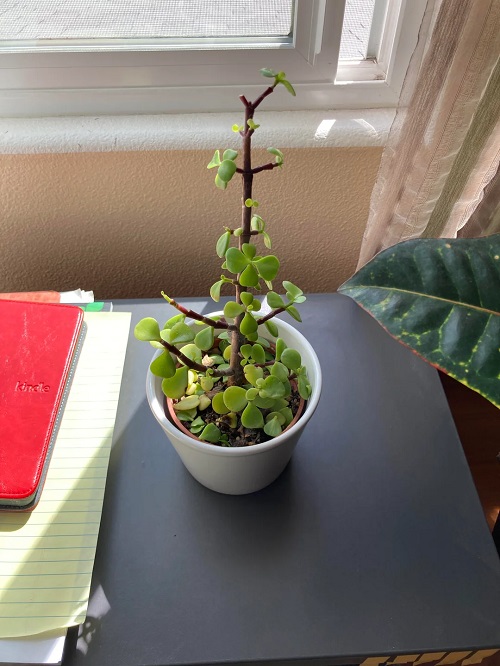
Bring your inner engineer out, and build your house structure! Add a handful of potting mix to the pot and plant the jade cutting in it. Use tie-down wires to keep it in place, but don’t tighten them completely until the soil is added. Add soil, and once the plant is stable, pull the wires and trim any excess.
It takes time to grow, so allow your plant to grow several inches and develop branches in different directions before you start pruning and wiring. Master the art of waiting!
Twisting the Cables
Without a teacher, students are not trained well! Wiring your jade will help you to train and style it into a Bonsai tree. By wrapping the cables, you can bend and reposition the branches to your liking.
Wiring Requirements:
- Anodized Aluminum wire is perfect for bonsai beginners, as it is flexible and easy to bend, also making it suitable for shaping jade branches.
- You can start with wires that are 1mm, 1.5mm, 2.5mm, 3mm, and 4mm thick.
- 3 mm wire is ideal for wiring the main trunk; thinner wires can be used for smaller branches.
- Raffia is used for wrapping jade, which is first soaked in water before being wrapped around thick branches. It is a palm fiber that protects the branches from damage by the wire during shaping.
Steps to Turn Jade into a Bonsai
Step 1: Pruning and Shaping
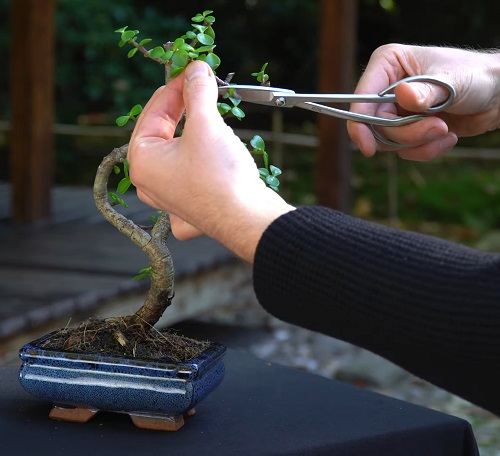
Once your jade has grown enough, it’s time to start shaping. Use sterilized pruning shears and trim away dead or lower branches, encouraging new growth upward.
Remove branches that cross over the trunk or grow awkwardly. Cut just above a pair of leaves—this encourages two new shoots from that node. Trim upper leaves occasionally to help nutrients reach the inner and lower parts.
Avoid over-pruning at once; take gradual steps every few weeks to let the plant recover and regrow.
Step 2: Double-Wire the Jade for Bonsai

Here is the process you have been waiting for: wiring your jade to refine its bonsai shape. Soak the jade in water and wrap raffia to prevent damage to the trunk.
Select a pair of branches that have the same thickness and are located near each other on the trunk. Use 3 mm anodized aluminum wire and wrap it around the trunk. Be careful, as the jade stems are very brittle and may get damaged.
If a branch accidentally breaks, let the wound dry and callus. You can replant the broken piece—it’ll likely root and grow into a new jade!
Step 3: Wrapping trunk & branches
Use a thinner wire, such as 2.5 mm or 1 mm, depending on the thickness of the jade branches. Wrap it around the trunk first, as this will prevent the branches from bending, and then wrap the branches at a 45-degree angle. This angle gives the best balance between support and flexibility.
Never cross the wires while wrapping; this causes pressure points that can damage the bark.
Step 4: Single wiring the branch

The remaining branches will be wrapped at a 45-degree angle, and make sure to wrap around the trunk first and then around the base of the branch to the tip.
When multiple wires are used on the same part of the trunk, try to place them neatly without crossing each other.
Step 5: Bending the wired Branches
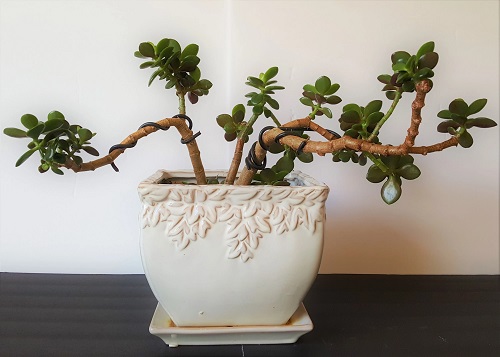
Once the whole tree is wired, you can start repositioning the branches. Hold the outside of the branch you want to bend with your fingers and bend the branch from the inside of the curve with your thumbs. It’s essential to apply light force on the inside of the branch to reduce the risk of splitting. When the branch is positioned where you want it, please don’t move it.
Repeated bending will likely damage the branch. Try to bend straight sections of branches slightly to make them look more natural.
Check your wired branches weekly. As new growth appears, the wire may start cutting into the bark—remove or adjust it immediately to prevent scarring.
Aftercare and Maintenance
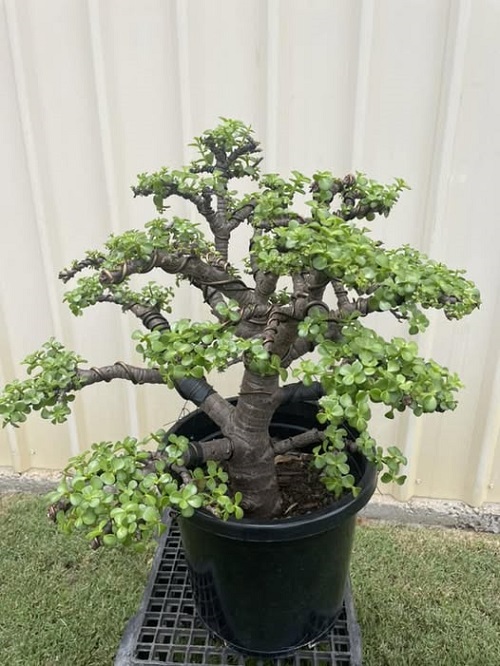
Once the wiring is done, your jade needs proper care and maintenance to stay healthy. Use a balanced fertilizer once a month, but avoid overfeeding, as it can lead to leggy growth.
They grow slowly, so repotting is only needed every few years. During summer, keep the bonsai outdoors in bright light but protect it from harsh afternoon sun. In winter, move it indoors near a sunny window.
Check weekly to ensure the wires aren’t cutting into the branches or trunk. If so, cut the wire immediately to save your plant.
Mist the leaves occasionally to remove dust and keep them glossy, but avoid overwatering—succulent bonsais hate soggy soil.
Transforming a jade plant into a bonsai takes patience, care, and time—but the miniature bonsai will be proud and glad of your efforts. Share your jade bonsai transformation story in the comment section.

